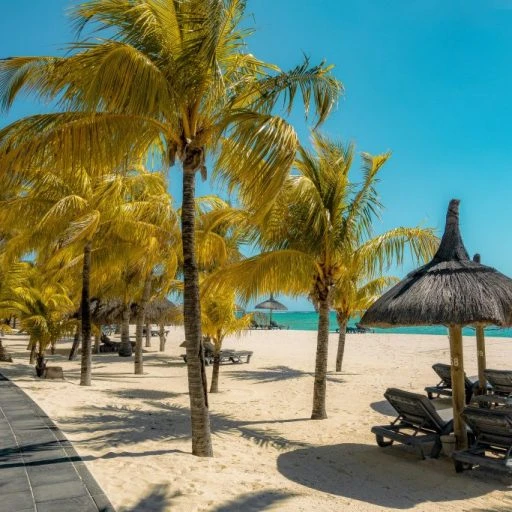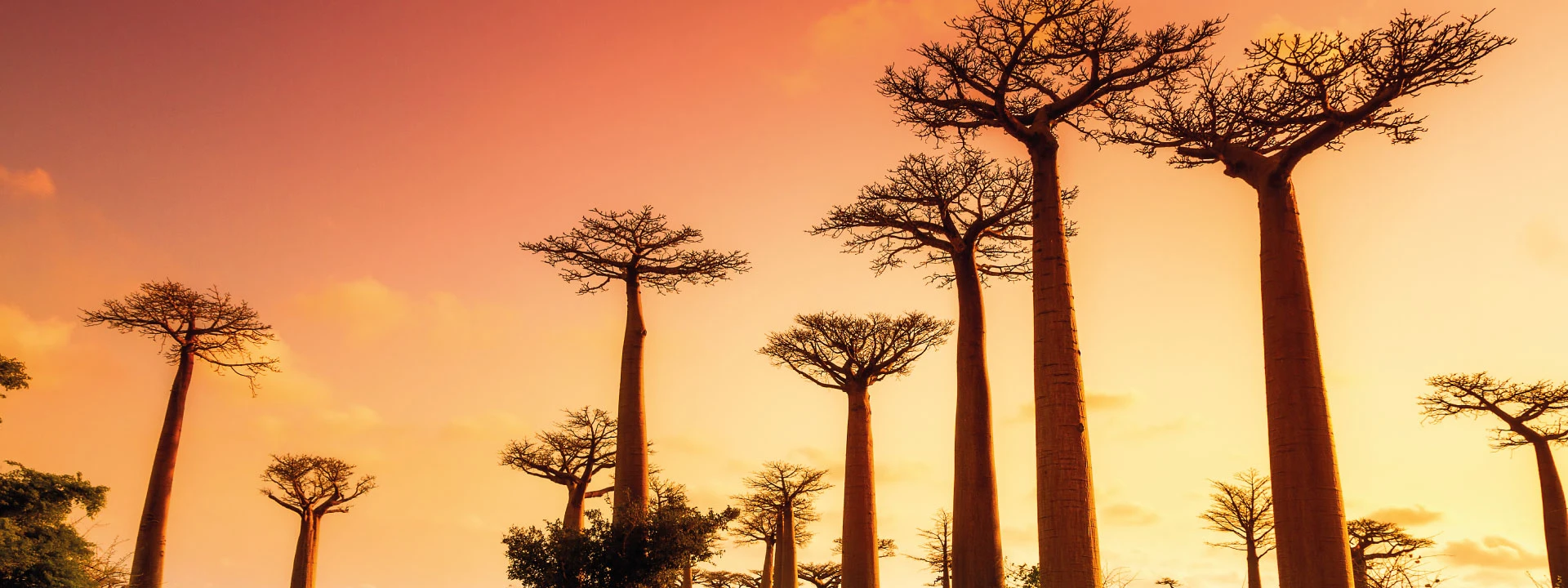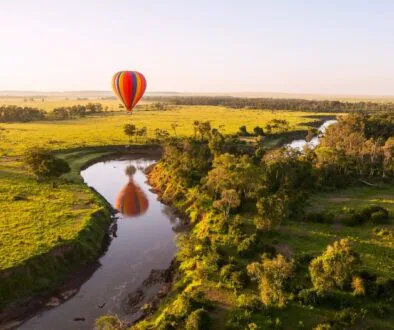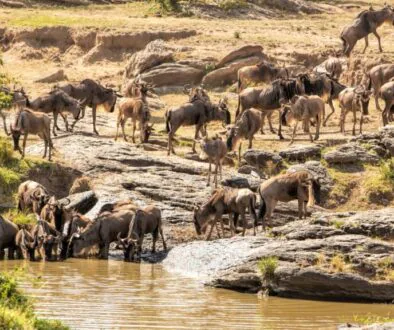The Best Time To
Travel To Africa
December 15th 2024 | 4 minute Read
Planning the perfect safari adventure in Africa involves more than just picking a destination; timing is crucial to maximise your experience. Different months offer unique wildlife activities, weather conditions, and travel experiences. Whether you’re exploring Kenya’s Masai Mara, trekking with gorillas in Uganda, witnessing the Great Migration in Tanzania, enjoying the Okavango Delta in Botswana, or savouring the diverse landscapes of South Africa and Mauritius, understanding the best times to visit can enhance your journey. This guide provides a comprehensive overview of when to travel to these remarkable safari destinations.
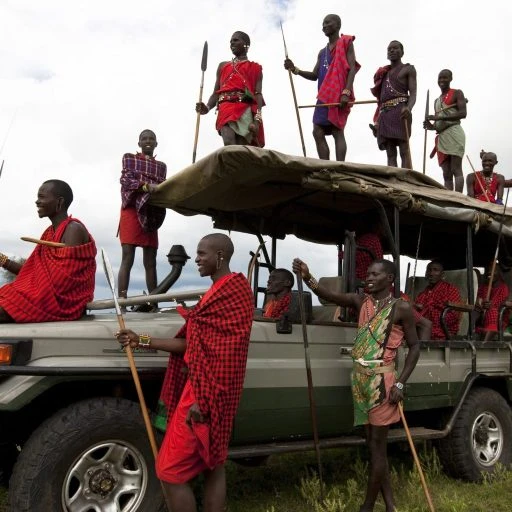

January to February
In January, the first herds of the Great Migration arrive in Masai Mara and Serengeti. This is an excellent time to view predators on the open plains. February marks the peak of the calving season, with over half a million wildebeest being born. Predator-prey interactions are frequent, making for thrilling game drives. Although there might be occasional rain, it’s usually short-lived and doesn’t impact the safari experience significantly. This period is also perfect for combining a safari with a beach holiday in Mombasa.
June to August
June is characterised by dry weather, drawing animals to water holes. With fewer crowds in Masai Mara, it’s an ideal time to enjoy game drives and spot the Big Five without the hustle and bustle of peak season. July and August are peak months for the Great Migration, with thousands of wildebeests bravely crossing the Mara River. This dramatic spectacle, combined with high predator activity, makes these months the highlight of the safari calendar. Advanced booking is essential during this busy period.
September to October
September remains a popular month for witnessing the great migration. The predator-prey dynamics continue, making it a great time for thrilling wildlife experiences. October is an excellent time to visit Samburu, known for its unique species like the Grévy’s zebra and reticulated giraffe. It’s a perfect destination to unwind and enjoy nature with fewer tourists around.
November to December
November brings short rains, which are ideal for birdwatching. The occasional showers do not deter the safari experience and can offer a fresh perspective on the landscape. December is a festive time with beautiful weather, perfect for an end-of-year adventure. Advance booking is essential as camps fill up quickly during the holiday season.
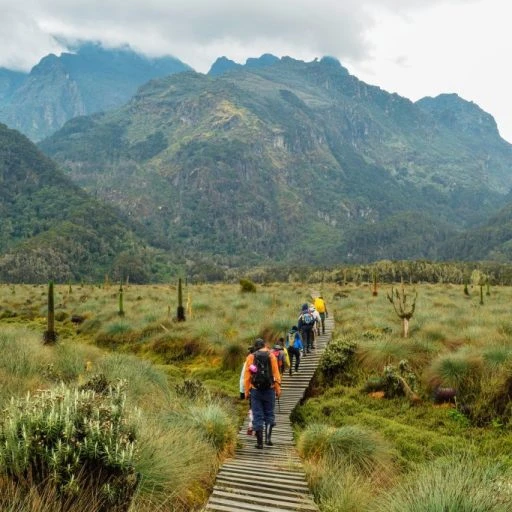
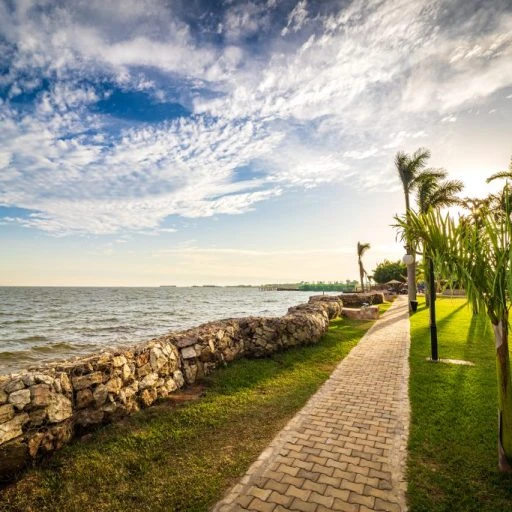
January to February
January and February are part of the short dry season, making them ideal for gorilla trekking in Bwindi Impenetrable Forest. The drier conditions make trekking paths easier to navigate, and the chance of rain is minimal. The vegetation is less dense, providing better visibility of the gorillas.
March to May
March marks the beginning of the long rainy season, making trekking more challenging due to muddy trails. However, this period sees fewer tourists, and the forest is lush and vibrant. April and May continue the rainy season, but the rich green landscape and fewer crowds offer a unique, serene experience.
June to August
June to August is the long dry season, the best time for gorilla trekking. The weather is pleasant, and the trails are dry and easier to navigate. This peak season offers excellent trekking conditions, and the forest is bustling with activity. Early booking is crucial due to high demand.
September to December
September marks the end of the dry season with good trekking conditions and fewer tourists. October sees the beginning of the short rainy season, making the trails muddy, but the forest is less crowded and lush. November continues the short rainy season, and December marks the start of the short dry season, making it an ideal time for gorilla trekking with comfortable weather and vibrant wildlife activity.
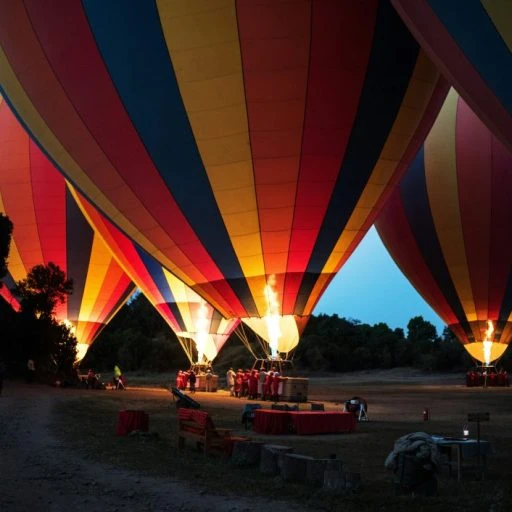
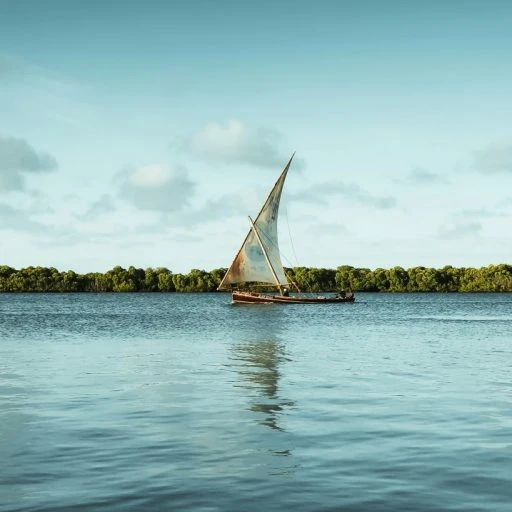
January to March
In January, the first herds of the Great Migration are in Serengeti, with calving starting. It’s a prime time for predator viewing. February is peak calving season, with predator-prey interactions common. Camps are quieter, offering a more intimate safari experience. By March, the calves are strong, and the number of visitors is still low. This month is great for photographers looking to capture unique wildlife moments.
June to October
June sees thousands of wildebeest crossing the Grumeti River. Animals gather around rivers and waterholes, making game viewing rewarding. July to October is peak season for the Great Migration, with dramatic river crossings and intense predator-prey interactions. This period is bustling with wildlife activity and offers excellent game viewing opportunities.
November to December
November marks the start of the rainy season, and wildebeests move to the Southern Serengeti. Predator-prey interactions are at their peak. December is a great month for seeing predators in action as they prepare for the upcoming calving season in January. The landscape is lush, and the wildlife activity is vibrant.
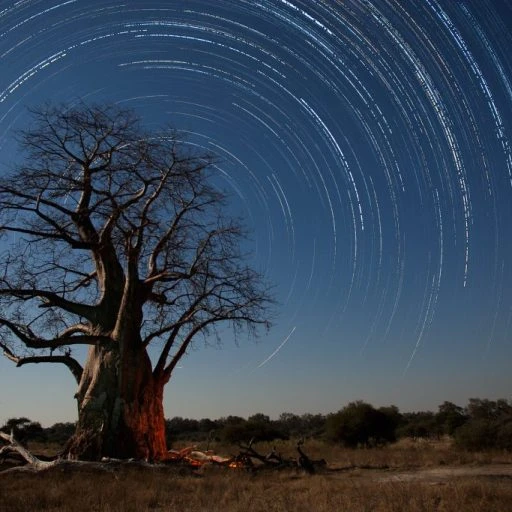

March to May
March is the last month to receive special offers for trips to Botswana. April marks the beginning of the Okavango Delta’s flood season, attracting herds of elephants and other wildlife. By May, more animals have started trickling in, and visitors can enjoy traditional canoe rides through the calm waters, offering magical moments straight out of a travel magazine.
June to August
June is peak season in Botswana as the Okavango Delta is fully flooded. The diverse game viewing and serene canoe rides provide an unforgettable experience. July and August continue the peak season, with Okavango boasting a high concentration of wildlife, including the largest elephant population in Africa. Game viewing can be done by boat or vehicle, offering excellent photo opportunities.
September to December
September and October are for those who can handle the heat, but the same heat drives animals to water holes, making them easy to spot. December sees the arrival of rains, triggering the migration of zebras from Chobe to Nxai Pan, where they stay until the end of February. This unique event offers a different kind of wildlife spectacle.
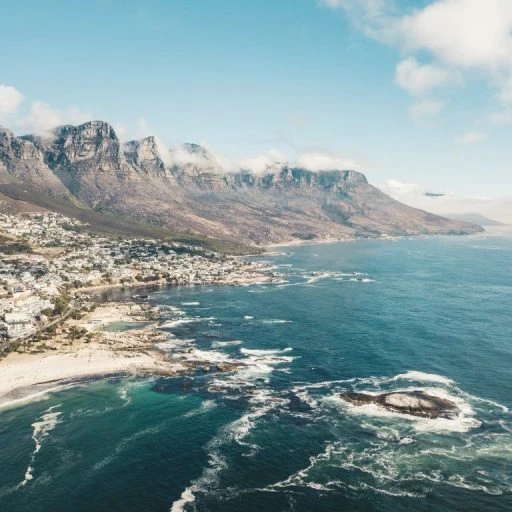
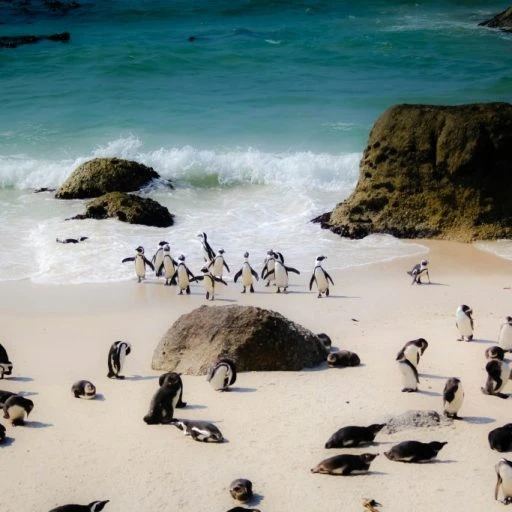
January to March
January is perfect for Cape Town, the Cape Winelands, and the Garden Route, offering clear blue skies and warm weather. Early March continues to provide favourable weather for driving trips along the Garden Route.
April to August
April sees the onset of autumn, making it easier to spot animals in game reserves. Cooler mornings and evenings offer a pleasant safari experience. June to August is dry, making game viewing in Kruger National Park rewarding as animals gather around rivers. Whale migration viewing is also possible during this period, adding to the diverse wildlife experiences.
September to December
September and October are vibrant with wildflowers in the west and whale sightings in the east. The Garden Route and Kruger National Park are buzzing with activity. November and December offer warm, lovely weather in Cape Town and the Garden Route, making it an ideal time for a scenic and relaxing holiday.
